
Alfred Twardecki lecture from the conference “Olbia in the Hunnic period”
28 grudnia 2022
Zbyszekcoments closed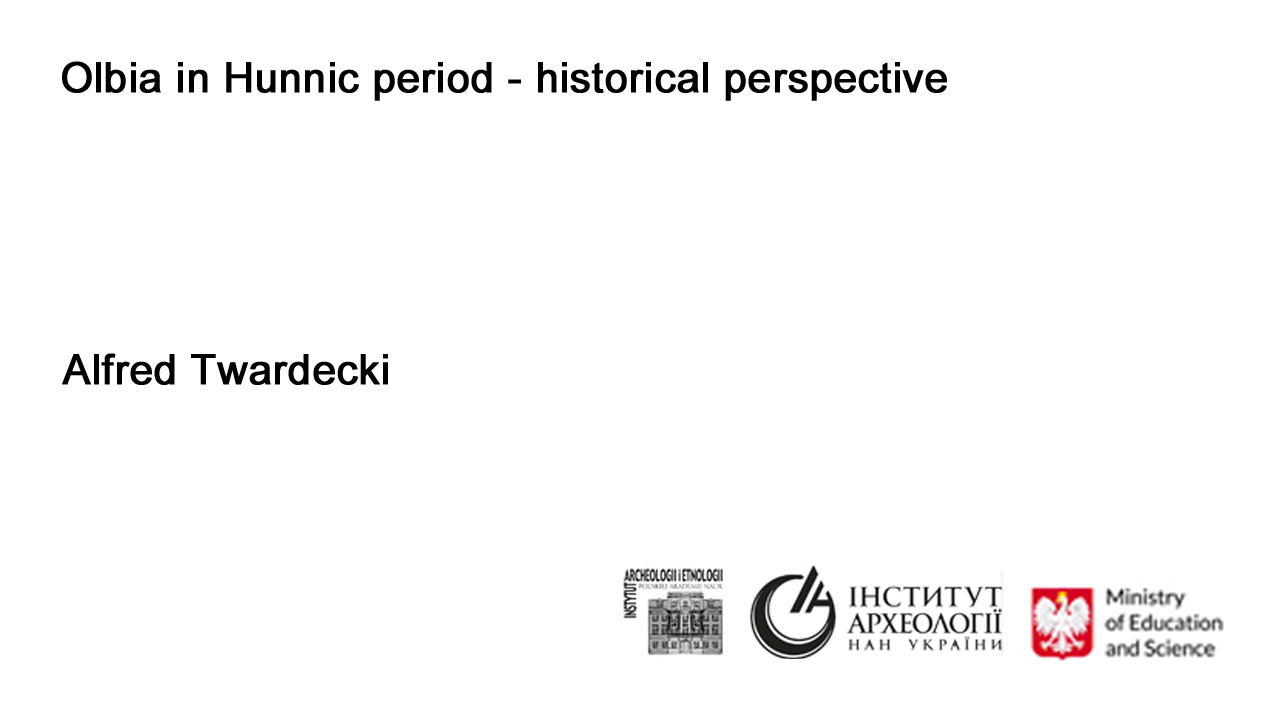
Na kanale Archeo.TV jest już dostępny 16 - ostatni - referat z konferencji "Olbia in Hunnic Period", która odbyła się 5-6 listopada 2021 roku ![]()
Institute of Archaeology and Ethnology of the Polish Academy of Sciences
and
Institute of Archaeology of the National Academy of Sciences of Ukraine
presents a lecture from a scientific conference:
Olbia in Hunnic Period
organized at November 5–6, 2022
Author: Alfred Twardecki
Title: Olbia in Hunnic period - historical perspective
Abstract: In the presentation the author shortly sums up general results of the excavations led at the trench R-23 in years 2016-2021 by Polish-Ukrainian team but mainly will try in the later part to put results on the broader historical perspective. The base of that perspective will be at first line historical literary sources dealing with the history of the area in late Roman period. Olbia is not often mentioned in that source, but they give us information about historical events on the territory between Dnieper and Danube rivers including Hunnic invasion headed by Attila on the Eastern and Western Roman Empires. The author tries to initially interpret the new archaeological data from Olbia against the background of known historical events.
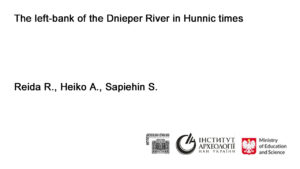
Reida R., Heiko A., Sapiehin S., lecture from the conference “Olbia in the Hunnic period”
21 grudnia 2022
Zbyszekcoments closed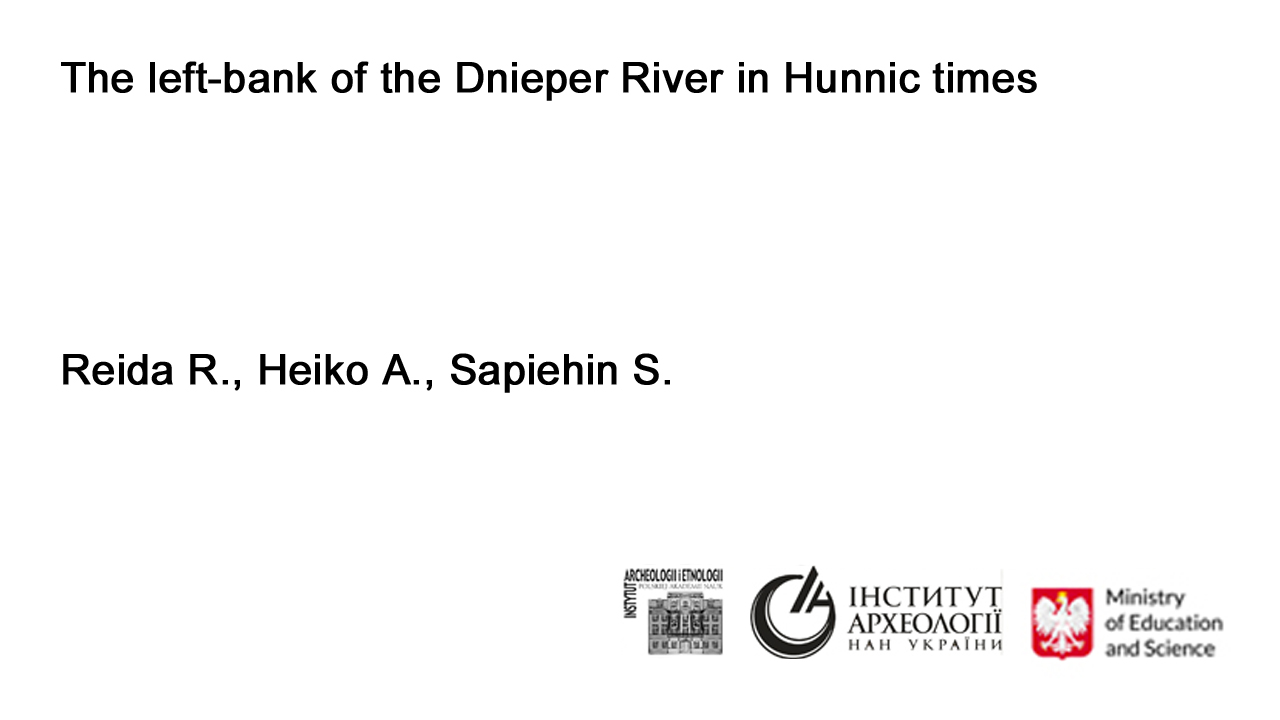
Na kanale Archeo.TV jest już dostępny 15 referat z konferencji "Olbia in Hunnic Period", która odbyła się 5-6 listopada 2021 roku ![]()
Institute of Archaeology and Ethnology of the Polish Academy of Sciences
and
Institute of Archaeology of the National Academy of Sciences of Ukraine
presents a lecture from a scientific conference:
Olbia in Hunnic Period
organized at November 5–6, 2022
Authors: Reida R., Heiko A., Sapiehin S.,
Title: The left-bank of the Dnieper River in Hunnic times
Abstract: The investigated area covers the forest steppe territory on the left bank of the Dnieper from the latitude of the city of Kyiv in the north to the Vorskla River basin with its left tributaries, the Kolomak and the Merla, in the south. Several sites from the Hunnic period, that is from the year 375 to the first third or first half of the 5th century were investigated. Most of these represented Chernyakhov culture, the most important among them being the burial ground (more than 150 burials excavated) in the vicinity of the village of Shishaki in the Poltava region. Chernyakhov culture, which was already well established in the forest steppe landscape of the region, was undergoing cultural changes that can be summarized as follows:
1) a merging of different inhumation rites (orientation of the burials with heads to the north and west);
2) emergence of pronounced elite burials (tribal nobility);
3) a noticeable increase in the volume of imported products.
One of the main ethnic components in this region were a nomadic pastoral peoples (Alans?) who came into contact with groups of the Chernyakhov population. The lower reaches of the left bank of the Vorskla River was where contacts between the two were among the most active as attested by the Kantemirovka and Storozhevoe burial grounds. The arrival of the Huns in this territory had little effect on the lifestyle of this native population, presumably representing chiefly the Chernyakhov culture.
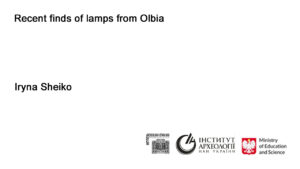
Iryna Sheiko lecture from the conference “Olbia in the Hunnic period”
26 października 2022
Zbyszekcoments closed
Na kanale Archeo.TV jest już dostępny 9 referat z konferencji "Olbia in Hunnic Period", która odbyła się 5-6 listopada 2021 roku ![]()
Institute of Archaeology and Ethnology of the Polish Academy of Sciences
and
Institute of Archaeology of the National Academy of Sciences of Ukraine
presents a lecture from a scientific conference:
Olbia in Hunnic Period
organized at November 5–6, 2021
Author: Iryna Sheiko
Title: Recent finds of lamps from Olbia
Abstract: Oil lamps, which are specifically shaped ceramic devices used to illuminate premises in the dark, are often used by researchers to suggest a date for other finds during the excavation of both settlement and funerary contexts. A developed typology and chronology of the lamps makes it possible on occasion to expand or, conversely, to narrow down an already existing and generally accepted chronological framework for specific ancient settlements. Thus, the more archaeological material is studied and circulated, the more likely it is that the dating of objects and sometimes settlements could change significantly.
This concerns the actual founding of Olbia Pontica as much as its decline. It should be noted that all the objects and pottery items found at the settlement were dated by the IV century AD. However, recent finds of imported ceramic lamps, from the 4th and even the beginning of the 5th centuries AD, have led to a reconsideration of the dates for the decline and ultimate fall of the settlement. It now seems that Olbia may have experienced a brief, but still a continuation after the 4th century AD. These recent lamp finds in the Olbian collection are dated from the middle of the 3rd to the beginning of the 5th centuries AD and can be referred to the latest period of the settlement existence. Most of these lamps are of imported origin, with complete parallels known from Syria, Palestine, Corinth, and the cities of the Bosporus.
The finds of late lamps in Olbia are an extremely important aspect of the study of the political and economic history of the city, prompting research into a little known period, for which there are few archaeological artifacts, and contributing new data to correlate with the overall picture of site development created by researchers so far.
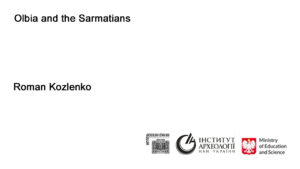
Roman O. Kozlenko lecture from the conference “Olbia in the Hunnic period”
22 sierpnia 2022
Zbyszekcoments closed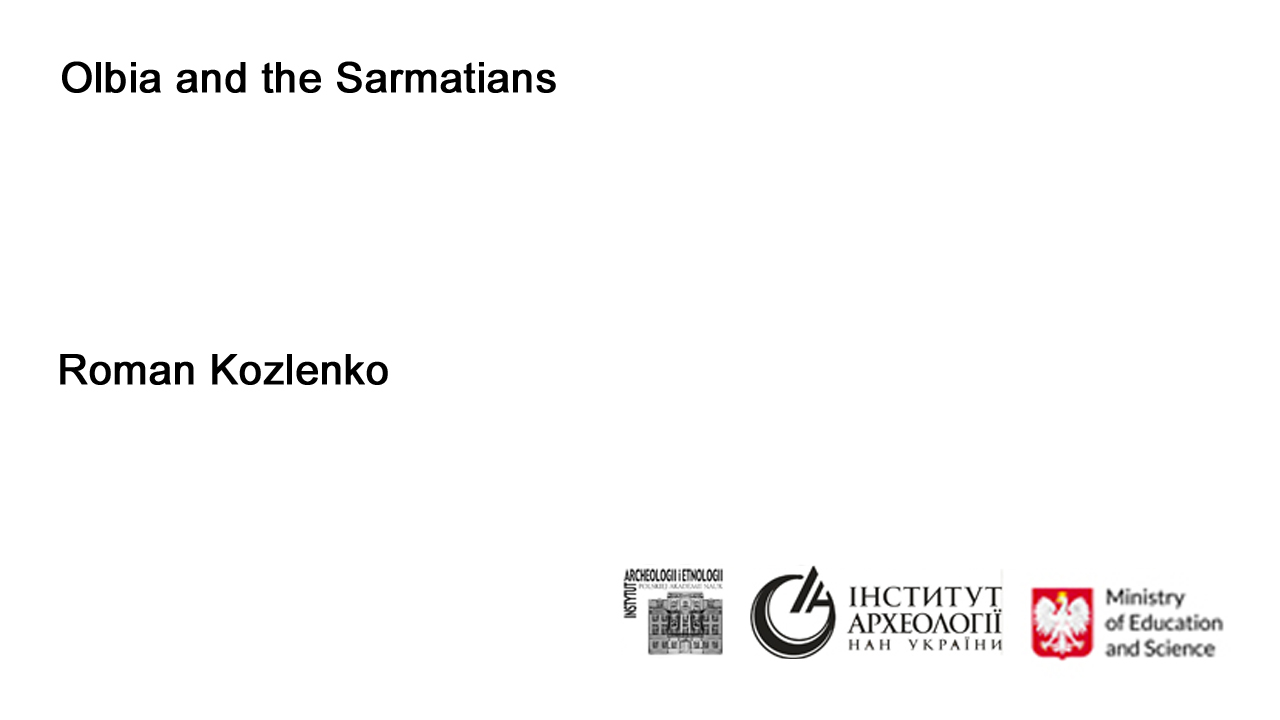
Institute of Archaeology and Ethnology of the Polish Academy of Sciences
and
Institute of Archaeology of the National Academy of Sciences of Ukraine
presents a lecture from the conference "Olbia in the Hunnic period"
The lecture is posted on the ArcheoTV channel on YouTube.
You can find it here
Author: Roman O. Kozlenko
Title: Olbia and the Sarmatians
Abstract:
During the most recent excavations in Olbia, a number of new tamga-shaped signs were found. Tamgas usually occur on pieces of limestone, bones, ceramics etc. Some of the signs have parallels in Scythian Naples, on a “plate-encyclopedia” from Panticapaeum, in the territory of Asian Sarmatia etc. A number of tamgas are detected for the first time for this region.The excavation in the Upper City of Olbia revealed a unique archaeological complex from the third quarter of the 1st century, with a rich assortment of amphora, red-slipped ware, glass, handmade pottery and Sarmatian weaponry belonging to an elite warrior, probably an equestrian archer, present in Olbia during a time of close military and political relations between Olbia, the Sarmatians and the Roman Empire. During this period, the Sarmatian kings Farzoy and Inismey minted in Olbia gold and silver coins with their generic tamga-sign, and the Olbian ambassadors met the Sarmatian kings (IOSPE I2, 51, 54).Tamgas in Olbia can be attributed to the second half of the 1st and the 2nd centuries AD. These signs appear on objects that are usually accompanied by arrowheads, bow parts, horse bridle elements, buckles etc. Bone arrowheads and quiver hooks have parallels in the Sarmatian burials of the Volga region, which can be associated with the Sarmatian nomads coming into the Northern Black Sea region from the Volga–Don River steppes in the middle or third quarter of the 1st century AD. The data testify to a direct Sarmatian presence in the city of the Roman period.
A series of bone plaques from the Roman period, some with images of a Parthian king, come from Eastern workshops. The object they decorated could have been brought to Olbia by the Sarmatians as suggested by tamga signs with parallels in the Don River basin and Ciscaucasia, native regions of the Alans, who participated in the raids on the Parthian kingdom, and whose burials include among the grave goods products of Eastern origin, especially carved bone plaques of Parthian production, that were imported to the region.


